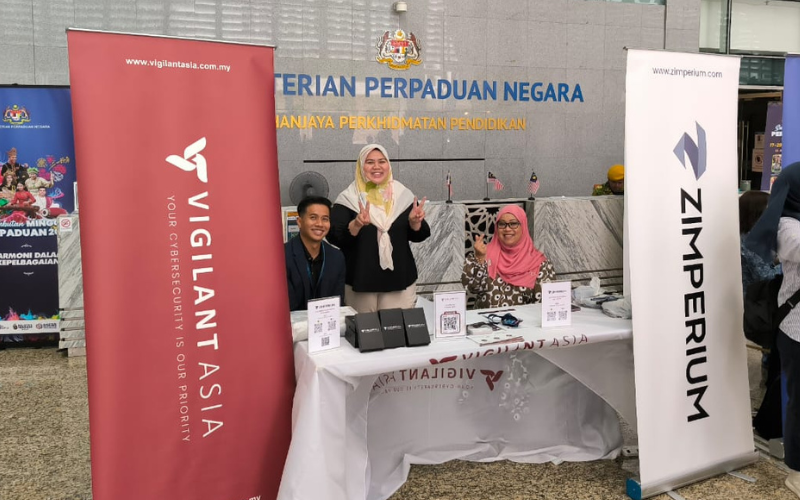
21 May 2024
Mastering Multi-Cloud Security: 6 Best Practices

In today's digital landscape, many organizations have asked themselves the question of whether they should use a public cloud, a private cloud, or a combination of the two. While a private cloud is appealing for security reasons, a multi-cloud strategy provides organisations with a variety of options and capabilities allowing them to tailor their infrastructure to their specific needs.
In this article, we will explore the benefits of a multi-cloud strategy and discuss best practices for multi-cloud security.
What is Multi-Cloud Strategy and Why Use it?
A multi-cloud strategy enables companies to deploy workloads across several cloud platforms, including public clouds such as Google Cloud Platform, AWS, and Azure, as well as private clouds. This gives organisations much more freedom than working with only one cloud platform and allows for several benefits:
- Specialization: Certain cloud platforms may be more suitable for specific tasks or workloads, e.g. cloud providers that offer lower-cost storage, more powerful computing, or specialised analytics or AI capabilities.
- Cost: Having multiple cloud providers allows organizations to only pay for the services they need and also use their multi-cloud deployment as leverage when negotiating with cloud platforms.
- Disaster Recovery: Outages can happen with cloud platforms, and utilising multiple platforms allows for better resilience and more options for disaster recovery and business continuity.
Multi-Cloud Security Best Practices
The drawback of multi-cloud deployments, however, is that the attack surface is increased, and hence the risk of cyberattacks. Here are 6 best practices organizations can implement to improve their multi-cloud security posture:
- 1. Define Responsibilities: Clearly define the responsibilities of both the organization and the cloud provider. This includes understanding the shared responsibility model and ensuring that each party understands their role in securing the cloud environment.
- 2. Security Tools: When operating on a single cloud, basic security tools offered by the cloud provider may be sufficient. In a multi-cloud environment, however, you must have a tool that supports multiple clouds and provides visibility across the entire environment. A holistic view of systems across the multi-cloud is essential for detecting, investigating, and responding to cyberattacks.
- 3. Synchronise Security Policies: Use the same security settings and policies in all your clouds to ensure continuous consistency.
- 4. Automate Security: Automate all security tasks where possible. While this does save time, the primary objective is to decrease the possibility of human error.
- 5. Customise Security Policies: Each workload or application that runs in a multi-cloud environment should have its own security profile and policies. These policies should be based on the nature of the workload, whether it is business-critical, the sensitivity of the data, and compliance requirements.
- 6. Unified Point of Control: Simplify multi-cloud complexity by establishing a unified point of control to manage application and data security across the various cloud deployments.
Security is critical to your organization's cloud architecture, whether you work in a private, public, hybrid, or multi-cloud environment. Simple problems like cloud misconfigurations and insufficiently protected data might expose you to attacks.
Does your organization need a Multi-Cloud Security Strategy? Contact us to see how we can help.


